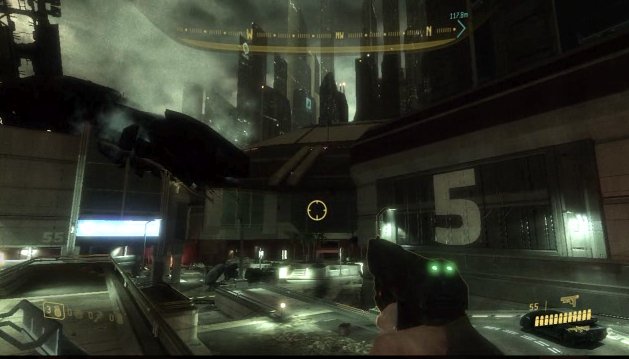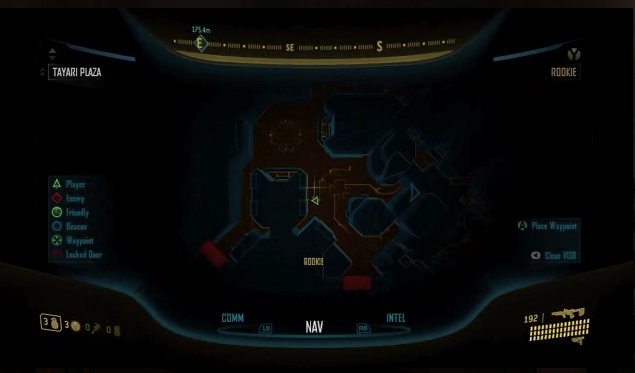Freedom to play off the rails
I’ve recently been enjoying playing through the new Halo 3: ODST game from Bungie. It’s a classic tale of humans against bad aliens (with the surprise twist that, shock horror, some aliens might not be bad – you see the subtle complexities of the story here?) all set in the fictional future Kenyan city of New Mombasa. Although it’s had mixed reviews, ODST has provided me with a glimpse of how I think all games should go, and something that’s been missing from the First Person Shooter (FPS) genre until now: wide open maps that you get to pick how to attack, or indeed avoid attacking, as you choose, not as the game designers chose for you.
Take Half Life 2 for instance. A game with a great heritage, great plot, full of neat ideas; but totally ruined for me by essentially placing you on rails a lot of the time so there is THE ONE TRUE PATH you will take, sometimes literally the only narrow corridor. You end up in a city and it looks nicely warren like, but in fact there is just one path you can pick through it. Despite your vast array of weaponry, even the simplest of wooden doors are beyond your ability to open. For me this ruined parts of the game, destroying particularly the suspension of disbelief (or my ability to pretend that I’m Gordon Freeman as Russell Davies might have suggested at Playful). I can’t attack the problem as I would (mostly hiding out the way I guess :) so I’m suddenly battling a game engine, not following the plot.
This is of course typical for a lot of FPSs. The Halo series of games, which I really enjoyed, are similarly on rails, but that rail is very wide – the environments in the game lead to several ways to tackle an obstacle or enemy. Occasionally you even get to pick the order in which you solve the challenges set for you by the game’s designers. You get the illusion of freedom enough that most the time you don’t feel like your being shuffled down a path. In Half Life 2 you have no such thoughts for a lot of the game, particularly the city based parts.
I was very pleased to discover that Halo 3: ODST then actually has an open city map which you can explore. ODST has two parts to it – there are a series of Halo 3 style set levels, where you are indeed on a wide rail, going though a sequence of set challenges – nice, but nothing new. But stringing together these set pieces is what they call the hub – an open city map, with entry points to the set pieces that you need to complete in order to achieve the overall game mission.

There are many possible routes through the city, lots of troops on patrol, or guarding particular bits, and they aren’t entirely predictable. Because you’ve got a series of waypoints that you can (for the most part) achieve in any order, and because in ODST you’re a lot more susceptible to damage, it means you stop to think – what’s the best way from here to there? Oh, this way is full of enemies, I’ll go round the block the other way perhaps (or if you’re more gung ho, there’s not enough enemies here, I’ll go round the other way to see if there’s any more!). Perhaps I’ll find my way onto the bridge to sneak over the enemies.

With a quick look on the map view you can re-evaluate and re-route as you go along. There’s also an optional subgame which means finding certain data points scattered around the city, encouraging you to explore the underground car-parks and dark alleys more.
It’s not perfect – ODST is perhaps a little short, and the city a little template like at times, but it’s a fantastic step forward for FPSs – other genres like role playing games such as Fable II and Oblivion have been doing this for years.
- Next: FullFrontal 2009
- Previous: Saying more with less in user interfaces
- Tags: Gaming, Geek, Halo